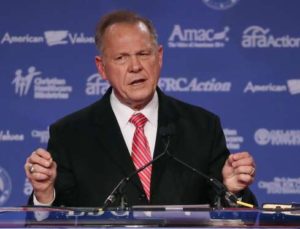PORTLAND, Ore. — At the risk of being hooted out of the blogging world, I feel the need to extol the legacy that a once-promising politician left behind in the city he led as its mayor.
Neil Goldschmidt took office at City Hall as a young whipper-snapper in 1972. I think he was 32 years of age, a young man elected to lead a city that at the time had about 375,000 residents.
He then proceeded to map out an agenda aimed at creating a vibrant downtown district and enhancing the city’s mass transit system.
Goldschmidt vetoed what was called the Mount Hood Freeway project, which was planned as a highway system from southeast Portland east to Mount Hood, about 50 miles away. The mayor said he didn’t want an endless series of strip malls developed along that corridor.
Instead, he persuaded the city council to focus its interests on downtown and on mass transit. He succeeded.
What has occurred in the 50 years since then is the city’s downtown district became a showpiece. The city’s bus and light-rail systems are the envy of other cities.
Oh, but wait. Goldschmidt then became transportation secretary in the Carter administration before being elected governor of Oregon. Then it hit the fan, as he was exposed as a pedophile after a newspaper investigation revealed he seduced a teenager while he was serving as mayor; reporting revealed he had sex multiple times with an underage girl.
His public service career ended on the spot. He resigned from every board on which he served. The State Capitol staff took down his governor’s portrait from the gallery of former governors and stashed it out of sight.
Goldschmidt went from municipal pioneer to pariah overnight.
He’s gone from public view, but the legacy he built remains. His reputation never will be restored. I don’t necessarily want, though, for the city treasure he discovered to be buried.
